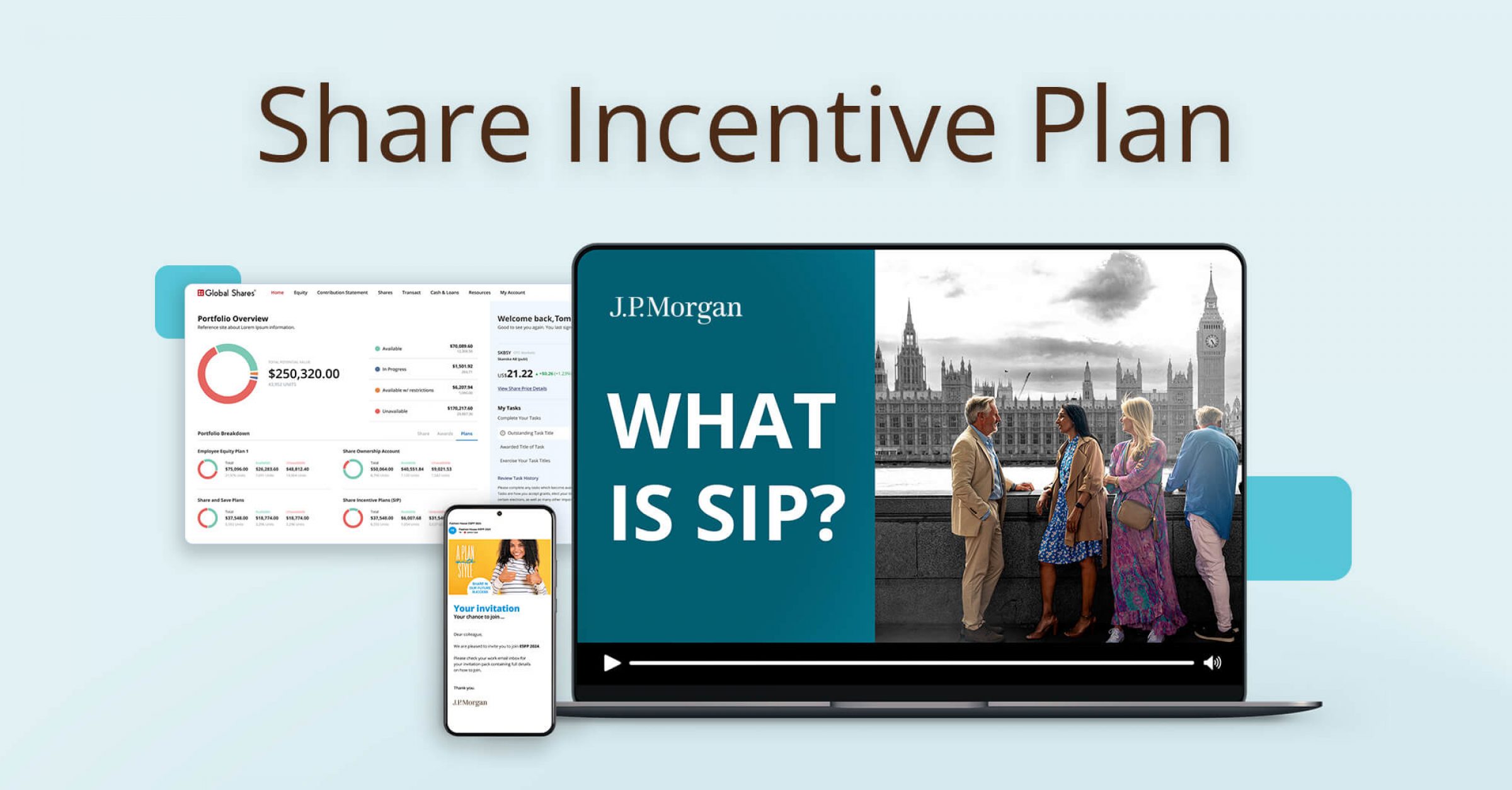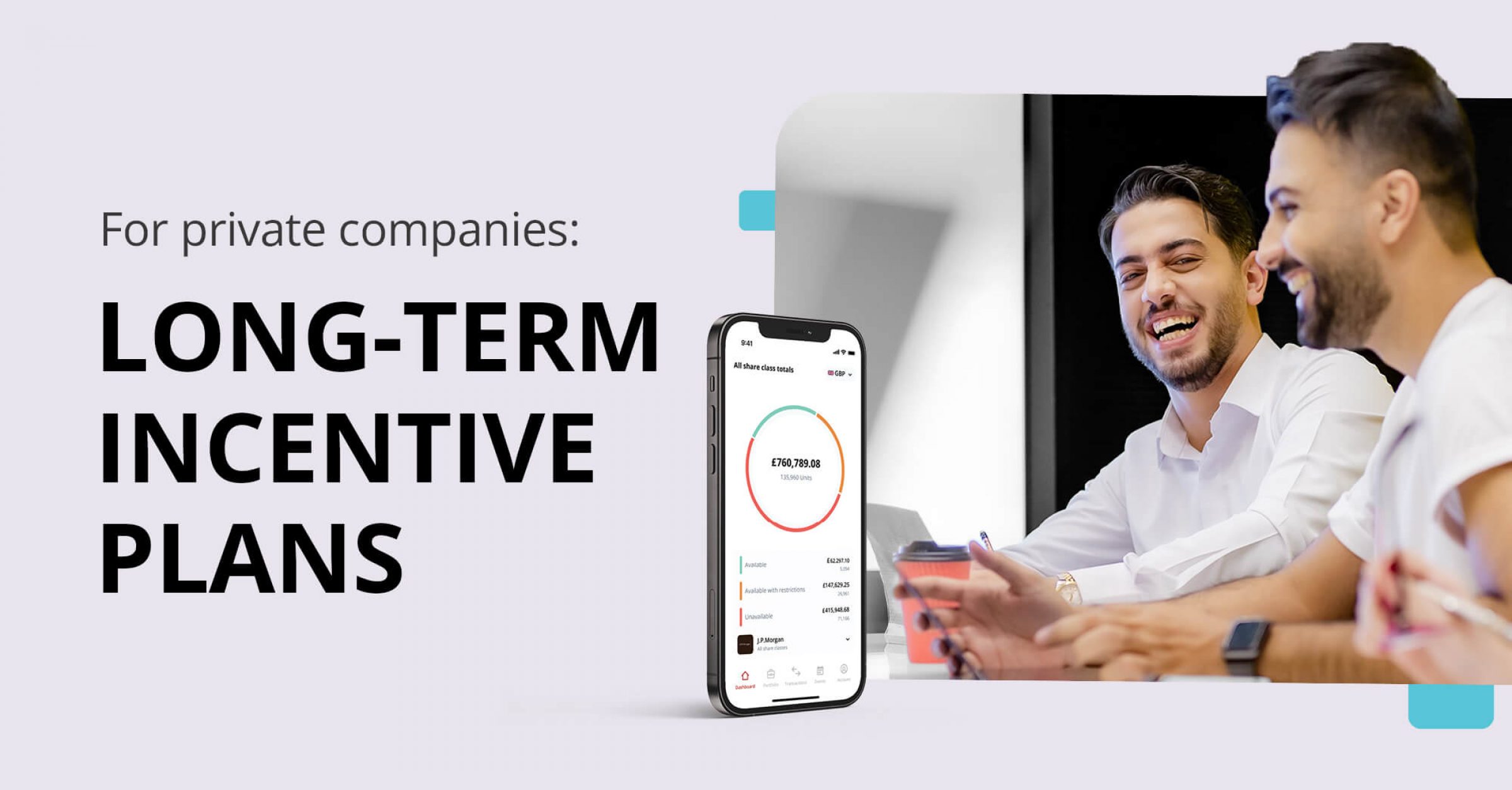Save As You Earn (an SAYE or ShareSave scheme), introduced in 1980, is a tax-advantaged savings-related share scheme. It is HM Revenue and Customs (HMRC) approved and is one of the two all-employee share schemes that are tax-advantaged in the UK. To learn about other HMRC-approved share schemes, check out here.
Tesco, operate a Sharesave Scheme
According to Office for National Statistics UK, Save As You Earn is the most popular among all the employee share incentive schemes available to employers.
In this guide, we will cover:
- How do Sharesave schemes work?
- Are Sharesave schemes worth it for employees?
- Are Sharesave schemes worth it for employers?
- Risks of an SAYE for employees
- Risks of an SAYE for employers
- To SAYE or not to SAYE?
- FAQs about an SAYE
Ready to try our Demo?
If you already understand SAYE and consider implementing one, contact us today. We’ll walk you through the process and turn your idea into a reality.
Request a Demo
How do Sharesave schemes work?
When your company plans to roll out their Sharesave scheme, they usually inform you some months before the scheme starts. It’s completely voluntary whether you want to join or not but your employer must offer the scheme to ALL employees with 5 years’ service or more. (Some employers may also offer it to employees with less service.)
To participate in it, you need to enter into a Save As You Earn contract (or commonly called savings contract). When the saving contract begins, employees are granted the option (i.e. the right) to buy shares at a future date at a discounted purchase price (i.e. exercise price), using their accumulated savings from their salary.
Example:
John wants to offer a Sharesave scheme to his employees. His company shares are worth £1 each. He wants to discount the shares by 20% for his employees. So, the share options are granted at 80p per share (i.e. exercise price: 80p each).
To Begin your savings contract, you’ll
- Choose how much you want to invest: Able to save between £5 and £500 per month (increased from £250 to £500 per month from April 2014). Savings are post-tax and are made by payroll deduction. During the savings period, the money will sit in a qualified savings account, run and managed by an approved savings carrier.
- Choose how long you want to invest: Either 3 or 5 years. Your employer may have decided it for you.
- Be confirmed the stock price that you will be able to purchase (exercise) at when the scheme ends. It is set at not less than 80% of the market value of the shares at the date of the grant of the options. (i.e. The discount is up to 20% off the market value)
When the 3-or-5-year contract ends, you’ll have 2 options:
- Use your savings to buy some or all of the shares. This can be further broken down into three approaches:
✔ Buy & Sell: This is more likely to be your choice if your company’s share price is higher than the exercise price. You might have to pay capital gains tax (CGT) if you sell the shares.
✔ Buy & Transfer: It won’t trigger CGT if you transfer the shares to your pension immediately OR an Individual Savings Account (ISA) within 90 days of the date of your scheme ending. Even if you sell your shares from the ISA, any profit won’t be subject to CGT.
✔ Buy & Keep: You may be tempted to do so if you think your company’s share price is likely to climb. But, the price could drop as well. - Decide to Not Purchase (exercise) the shares and have your savings returned as a lump sum. This may happen if the market value of the shares has fallen below the option exercise price.
Are Sharesave schemes worth it for employees?

Save As You Earn is a risk-free method of building your financial portfolio. The benefits come from three main areas:
Tax advantages:
As one of the most tax-efficient employee share schemes in the UK, the scheme has been considered a great method of saving and participating in the success of the company. Here are the key Sharesave scheme tax advantages for participants:
- No tax charged on the grant of the share option
- No tax charged on the exercise of the share option*
- Don’t have to pay income tax or national insurance on the difference between what you pay for the shares and what they’re worth (i.e. the discount)
- Don’t have to pay tax on interest and any bonus earned on the savings at the end of the scheme
- Likely to be covered by annual CGT exemption despite being subject to capital gains tax on any gain when selling the shares
- Don’t trigger CGT if you transfer the shares to
– An individual savings account (ISA) within 90 days of the scheme ending
– A pension immediately, directly from the scheme when it ends
*If the date of exercise is at least three years after the date of grant. But, are Sharesave schemes tax free? Not really. Check out the article to learn more.
Flexibility:
In addition to being flexible to save – as little as £5 or as much as £500 per month, employees can withdraw contributions at any time before the end of the savings contract and will be entitled to their total contributions to date repaid in full.
There is also no limit on the number of monthly payments that can be deferred, where the deferral is for reasons related to the Covid-19 pandemic.
In our Equity Gateway, you can clearly view your share schemes or adjust, withdraw and suspend the payments in a few clicks. Want to know how it works? contact us for a free demo.
Almost risk-free Investment:
One of the most fundamental benefits of SAYE is that it is risk free. If the share price keeps rising, congratulations, you will get a good amount of return.
Example of UK retailer – ASDA:
ASDA launched a SAYE in July, 2017. The agreed exercise price was 20% off the July 2017 price. In 3 years, the shares had increased significantly. Those who saved £350 per month could have purchased the shares worth £26,166 only for their £12,600 (£350 x 36 months).
But you can simply ask for all your savings back at the end of the contract if you don’t want to do so, e.g. in the situation where the share price drops below the initial offered price.
The Financial Services Compensation Scheme (FSCS) can cover up to £85,000 of savings. Employees participating in Share As You Earn are protected before they purchase the shares and entitled to an £85,000 guarantee in the event of the bank going bust.
Are Sharesave schemes worth it for employers?
Yes, definitely. The benefits are significant enough to wonder why more companies don’t take advantage of them.
Corporation Tax Deduction:
Firstly, a Sharesave scheme benefits a company financially when calculating their tax liabilities.
The costs incurred in setting up an approved scheme are treated as a deduction in working out your company’s profits for corporation tax purposes.
Also, when options are exercised, an employer can obtain a statutory corporation tax deduction for the amount of the employee’s gain.
Flexibility:
Companies have great flexibility to decide on the level of discount given – from zero to 20% of the market value of the shares. Companies can also set a minimum service requirement for participants that can be set at a maximum of five years. Therefore, employers can choose to exclude relatively new workers.
In our Equity Admin, you can clearly view your share schemes or manage participants/plan/contributions etc in a few clicks.
Employee Retention and Loyalty:
The real advantages for a business though come from the sense of ownership, loyalty and accountability an SAYE scheme can give to an employee.
By committing to the scheme, an employee is much more likely to commit themselves to the company itself, both in the length of their service and the quality of that service.
Risks of an SAYE for employees
As mentioned, the financial risks of an SAYE to employees are almost non-existent because you can get back every penny you put in if you don’t want to buy the shares when the time comes. Like the example below:
Example – Scottish Broadcaster STV:
STV launched a SAYE in 2017. They had been struck by Covid-19 like many other at the end of the contract. The shares were only trading around £2.63 – more than 20% below the agreed exercise price (£3.49). Fortunately, the employees could receive back every penny they invested.
But, there is one thing you may want to consider:
Do you remember the FSCS protection of up to £85,000 per person per bank we discussed? Once you have purchased the shares, you lose this protection. Although an SAYE is generally considered almost risk free, holding on to the shares when the contract ends is another matter.
What about leaving the company during the agreed SAYE period? There are a number of ways it can pan out – depending on the reason. The agreement should be laid out from the very beginning. Generally speaking,
- Good leavers (leave because of injury, disability, redundancy or retirement): You normally have six months from your leaving date to purchase as many shares as the proceeds of your savings scheme allow, under the contract.
- Bad leavers (get a job at another company): That depends on the scheme. Employees may not be able to exercise the option to purchase the shares and all the accumulated savings and interest will be repaid to him
Risks of an SAYE for employers
For the employer themselves, an SAYE scheme again has limited-to-no risks. While there are no financial risks, there is a reputational risk within your workforce if share prices drop to such a degree that it highlights bad performance and affects morale.
If a company is taken over during the scheme period, then typically the employees will be designated ‘good leavers’. The new owners do, however, have the right to exercise several different options, and those options will be dependent on whether the share options are vested (already transferred to you or you have secured the right to buy shares at a certain price) or unvested (promised to you but not fully earned as of yet, for whatever reasons).
You can read more about what happens to an employee share plan in a takeover here.
So, what are you waiting for?
If you don’t need any more convincing and are ready to get going, have a look at our handy SAYE scheme rule checklist.
As an employer, SAYE schemes are a great way to attract great talent, retain and motivate that talent, and improve performance across the board. To roll out an SAYE, you need to:
- Check Eligibility:
– Employer: Needs to be a public company listed on a stock exchange, such as the Financial Times Stock Exchange (FTSE), or needs to be owned by a public company that’s listed on a stock exchange.
– Share: Must be ordinary shares, fully paid up and non-redeemable - Register via the HMRC’s Online Service Portal:
The plan should be registered by 6 July 2022 if it was set up in 2021/22. After you’ve told HMRC, you’ll receive a scheme reference number within 7 days. You then need to log into their online services and ‘View schemes and arrangements’ to see your reference number. After that, annual filings are required.
For the employee, the scheme allows you to make a low-risk, low tax investment while becoming a part owner of your company and making a profit on your investment at the same time. You’ll be eligible to participate in the scheme if you’re a
- UK employee / full-time director of the company or participating company within the group.
The board may, however, determine that a qualifying period of service (of up to 5 years) is required before an employee or full-time director can participate in the SAYE.
If you want to learn more about SAYE’s and are thinking about implementing one in your business, give our team a call by filling in the form below.
FAQs about a Sharesave scheme
What is Save as You Earn (Sharesave)?
Save as you earn (Sharesave) is a UK tax efficient savings-related share option scheme introduced in 1980, available for all eligible employees. The employees can buy company shares at a discount.
How does a Sharesave scheme work?
A Sharesave scheme works by allowing participants/employees to buy company shares with their monthly savings (made by payroll deduction) for a fixed discounted price. At the end of the savings period (3 or 5 years), they’ll have the right to buy the shares or take out all their savings in cash.
Are Sharesave schemes worth it for both employers & employees?
Yes. An SAYE can be designed flexibly to suit business objectives, e.g. discount of up to 20% and a minimum service requirement of up to 5 years. Employers can also enjoy corporation tax deductions. Don’t forget the biggest benefit – employee retention. As an employee, an SAYE is a tax-efficient and almost risk-free investment. All money invested can be taken out at the end of the savings period. It’s also flexible to choose how much to invest (between £5 and £500).
Who can join SAYE?
UK employees / full-time directors employed by the company, or one of its subsidiary companies, that participate in the scheme. In some cases, however, a qualifying period of service (of up to 5 years) is required by the company.
How much and how long do I need to save?
You can save between £5 and £500 per month for 3 or 5 years. Some companies may set the savings period for you. Once you’ve decided the savings per month and the savings period, they’ll be fixed throughout the whole period of the scheme.
Is Sharesave tax free?
Not really. Although SAYE is a tax-efficient scheme (no tax is payable on exercise), it isn’t completely free. When selling your shares, you might need to pay capital gains tax (CGT) on any gain made up to the point of sale. But, it’ll often be better to pay CGT than income tax or NIC.
What does it mean when my company says the amount I can save needs ‘scaling down’?
A ‘scaling down’ occurs when too many people apply for a particular year’s scheme that the amount they’ve decided to save is more than that your company had planned. If this happens, your company will tell you about the new amount you can save.
As an employer, how can I launch an SAYE to my employees?
First, you’d need to check your eligibility. You need to be a public company listed on a stock exchange or to be owned by a public company that’s listed on a stock exchange. Then, register via the HMRC’s Online Service Portal.
Please Note: This publication contains general information only and Global Shares is not, through this article, issuing any advice, be it legal, financial, tax-related, business-related, professional or other. The Global Shares Academy is not a substitute for professional advice and should not be used as such. Global Shares does not assume any liability for reliance on the information provided herein.








